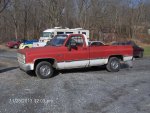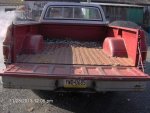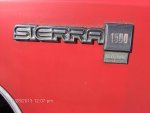Miranda
USCG Mustang O3
- Joined
- Jul 15, 2010
- Messages
- 41
- Location
- Bedford, Ohio
- Aircraft
- Hughes 269, Bell UH-1H
- Total Flight Time
- Approximately 500
Hello All,
My name is Miranda. I just purchased Little Wing plans from Ron Herron, with the express intent of building a Little Wing in the side-by-side configuration. I won't actually begin construction until this summer because I have a couple of other projects I have to finish before then. The delay will give me time to work out the engineering details for side-by-side in the meantime, as well as a couple of other design issues (which affordable engine to use; whether and how to mount stub wings, etc.) that need to be resolved.
I will post ideas I am considering to this thread and, of course, I welcome and look forward to any suggestions, observations, experiences, etc., any of you might want to contribute.
Thanks,
Miranda
My name is Miranda. I just purchased Little Wing plans from Ron Herron, with the express intent of building a Little Wing in the side-by-side configuration. I won't actually begin construction until this summer because I have a couple of other projects I have to finish before then. The delay will give me time to work out the engineering details for side-by-side in the meantime, as well as a couple of other design issues (which affordable engine to use; whether and how to mount stub wings, etc.) that need to be resolved.
I will post ideas I am considering to this thread and, of course, I welcome and look forward to any suggestions, observations, experiences, etc., any of you might want to contribute.
Thanks,
Miranda




